 Aspi Bhathena gets an India exclusive drive in the new VW Vento and feels that the sedan will rock the market by setting a new benchmark in the segment
Aspi Bhathena gets an India exclusive drive in the new VW Vento and feels that the sedan will rock the market by setting a new benchmark in the segment
Photography Sanjay Raikar
How important the Indian market is to the leading car manufacturers all over the world is becoming increasingly evident as they launch cars that are designed and built specifically for the Indian conditions and market requirements. The Vento from Volkswagen is the first such car to hit the Indian roads among the many to follow suit soon. The Vento India premiere took place in Delhi last month.
Some cars look good the moment you behold them and the Vento lived up to this maxim the moment I saw it for the first time. The clean and classic lines give the car a fresh and elegant look.
The Volkswagen engineers have merged the Polo and the Golf platforms to make the Vento. It may look similar to the Polo from the front, but is, actually, completely different from its sibling as the A-pillar is more steeply raked compared with the Polo. The front fender and the two doors are also slightly bigger to get the proportions right. The Vento does not give you the slightest feeling that it started out originally as a hatch and has now inherited a boot. As a matter of fact, it looks like a well-designed sedan.
 So far as the interior is concerned, the folk at Volkswagen seem to be taking the game to another level. The quality of material used as well as the fit and finish of the grey and beige colour interior give the car a fresh and bright look from the inside. The extra 96 millimetres added to the wheelbase over the Polo have liberated a huge amount of leg space for those in the rear seat. In fact, this car has been designed specifically as a chauffeur-driven car. The rear passenger can move the front passenger seat forward while seated at the back to create even more leg space for himself. The AC vents for the rear occupants are another noteworthy aspect. In short, the space and quality of the car’s interior make it look as if these belong to a car that is couple of segments higher. You can adjust the driving position to suit your individual self just as the leather-wrapped steering wheel can be adjusted for tilt and reach. All these make your driving position relaxed and comfortable.
So far as the interior is concerned, the folk at Volkswagen seem to be taking the game to another level. The quality of material used as well as the fit and finish of the grey and beige colour interior give the car a fresh and bright look from the inside. The extra 96 millimetres added to the wheelbase over the Polo have liberated a huge amount of leg space for those in the rear seat. In fact, this car has been designed specifically as a chauffeur-driven car. The rear passenger can move the front passenger seat forward while seated at the back to create even more leg space for himself. The AC vents for the rear occupants are another noteworthy aspect. In short, the space and quality of the car’s interior make it look as if these belong to a car that is couple of segments higher. You can adjust the driving position to suit your individual self just as the leather-wrapped steering wheel can be adjusted for tilt and reach. All these make your driving position relaxed and comfortable.
The 1.6 DOHC 16 valve engine delivers 105 PS and 153NM of torque. Although these figures look impressive on paper, how they translate on the road is extremely crucial. The 105PS of power output is not going to set the performance chart on fire. The smooth and linear power delivery from the 1.6 engine makes the car extremely easy to drive as the flow of power is absolutely seamless right from 1,000 rpm to the rev limiter. The Vento is very happy cruising at 150 clicks on the highway in the fifth gear. It is quite happy to manoeuvre the city traffic as the even spread of power helps it to take on the stop-go traffic.
 A five-speed gearbox writes the car’s power on the road via the front wheels. The gearbox has a nice short throw and the shift is positive with a precise feel and action. Well-spaced gear ratios and good shift quality make for a delightful drive.
A five-speed gearbox writes the car’s power on the road via the front wheels. The gearbox has a nice short throw and the shift is positive with a precise feel and action. Well-spaced gear ratios and good shift quality make for a delightful drive.
The two discs up front and drums at the rear take care of the braking. The brakes have a good firm feel. The ABS system that comes as a standard feature will add to the braking efficiency in wet conditions.
 The advantage the VW engineers had was that they began with a clean slate for the suspension designed for the Indian road conditions. During our drive the road conditions varied from highway to some hilly zigzag sections and even dirt roads. The Vento was extremely stable and rock-solid at high speeds on the highway.
The advantage the VW engineers had was that they began with a clean slate for the suspension designed for the Indian road conditions. During our drive the road conditions varied from highway to some hilly zigzag sections and even dirt roads. The Vento was extremely stable and rock-solid at high speeds on the highway. The true test of a car’s handling comes when you have to go round corners on the limit with an undulating road surface and still the car holds its line round the corner. The Vento did just that with great ease. During the short off-road excursion, there were no problems such as the suspension bottoming or the car grounding on speed-breakers. The Vento just makes short work of all the rough roads and potholes you can throw at it. The ride quality is top class and sets a new benchmark in the segment. The feel of steering is light yet precise and gives you excellent feedback. The car has a solid European feel.
The true test of a car’s handling comes when you have to go round corners on the limit with an undulating road surface and still the car holds its line round the corner. The Vento did just that with great ease. During the short off-road excursion, there were no problems such as the suspension bottoming or the car grounding on speed-breakers. The Vento just makes short work of all the rough roads and potholes you can throw at it. The ride quality is top class and sets a new benchmark in the segment. The feel of steering is light yet precise and gives you excellent feedback. The car has a solid European feel.
This car is going to rock the market as it sets a new benchmark in the segment. Not only that, it will also have an impact on the higher-segment cars as well.
The Vento offers solid European car feel coupled with class leading handling and ride quality
The clean and classic lines give the car a fresh and elegant look
1. The 1.6 DOHC 16 valve engine delivers 105PS and 153Nm of torque.
2. The quality of material used as well as the fit and finish of the grey and beige colour interior give the car interiors a fresh and bright look
3.The well lit dials are easy to read with crimson-illuminated figures for the on-board display
4. The taillamp is an impeccable fit and blends well with the rear of the Vento
1. (r-l)Jöerg Glaser (head of vehicle testing-VW), Aspi Bhathena (Editor-CI), Dr John Chacko (Head of production-VW) and Sarmad Kadiri (CI) pose with the Vento
2.The sedan can accommodates Dr Chacko who’s 6 feet tall and Glaser who’s 6.6 feet tall comfortably
3. Front seats can be moved forward and back using this level even from the rear seat
4. The boot is of decent size, which is around 500 liters

 Riding the wind
Riding the wind
Dr John Chacko, Head of production, Volkswagen India, talks about the Vento (meaning ‘wind’) project
 CI: We would like to know about Volkswagen’s future plans for India.
CI: We would like to know about Volkswagen’s future plans for India.
Dr. Chacko: The Vento sedan is a vital part of VW India’s ramp-up plan. As you know, we are starting absolutely fresh and so are our suppliers. We have about 120 suppliers, who also have to keep pace with us to maintain the quality level and, thereby, keep the organisational clock ticking. This month we propose to produce about 2,600 cars and about 2,900 next month. We know very well that it’s not nice to be kept waiting and we are working towards fulfilling the wishes of those who are waiting for their cars. And then a new car will come, and we hope there are many people waiting for that as well. (Smiles.)
CI: Tell us about the Vento.
Dr. Chacko: The Vento project is at least four years old and a lot of thought has gone into it with regard to the demands on it. We decided to have a car that was different. From the outside, it looks very harmonious and not as though something has been stuck on to it (referring to the boot). There’s a standard product development programme that we follow. Here, at Chakan, we were entrusted with the Vento VFF project exactly eight months ago. The Vento will be introduced with more colours, engines and transmissions. Though nobody seems to notice it, the whole car is absolutely different from the Polo. The rear compartment is completely new, the front fender is different. Even the door sizes are bigger to suit the whole proportion of the car. One of the prominent visible (and palpable) differences is the cooling system. The Vento has air-conditioner vents in the middle console for the back. There will be two variants: a 1.6-litre petrol engine and a 1.6 litre-diesel one. The petrol variant will come with manual and automatic transmission options and the diesel one will be launched with manual transmission only.
CI: We feel that there will be several people who will prefer a diesel automatic. So, why are you not launching an automatic diesel variant?
Dr. Chacko: Well, we’ll have to wait and watch how the market develops. Automatic cars are more expensive than those with manual shifts and diesel cars are more expensive than petrol ones. And pricing is the deciding factor in everything.
CI: We know that the Vento shares its platform with the Polo, but is it influenced by the Golf too?
Dr. Chacko: The Polo is based on the PQ25 platform and the Golf on the PQ34, both of which have been combined for the new Vento sedan.
CI: Does the Vento have more localisation than the Polo?
Dr. Chacko: Percentage-wise, the Vento will naturally have an advantage, because most of the stuff that we did in steps for the Polo has already arrived. Therefore, the Vento has just to add on its own specific parts, which we are doing.
CI: That brings us to the much-awaited Polo 1.6 L. When do you propose to introduce that in India?
Dr. Chacko: The Polo 1.6-litre will be introduced in the market about the same time as the Vento. However, we are not looking at a big launch for the Polo 1.6, as it’s just another engine option for the hatch.
CI: Did you have a particular target audience in mind while designing the Vento?
Dr. Chacko: The Vento has basically been thought of as a chauffeur-driven car. The size, interior room and luggage space also suit young executives and professionals with a family of two. You have to look at our whole pallet to recognise it. For example, the Polo is designed for a person who drives his/her own car, but, at the same time, there are many Polos that are chauffeur-driven and it’s perfectly all right. Added to the basic concept, it was decided that the Vento should be designed as a chauffeur-driven car, for we found out that there was a large segment in India that would go for a car like that. That is also the reason why we have combined two platforms to be able to cater to this demand. Features such as the front seat, which can be adjusted even from the rear, are aimed at making the car more convenient for passengers in the rear seat.
Tell us about the Vento.
The Vento project is at least four years old and a lot of thought has gone into it with regard to the demands on it. We decided to have a car that was different. From the outside, it looks very harmonious and not as though something has been stuck on to it (referring to the boot). There’s a standard product development programme that we follow. Here, at Chakan, we were entrusted with the Vento VFF project exactly eight months ago. The Vento will be introduced with more colours, engines and transmissions. Though nobody seems to notice it, the whole car is absolutely different from the Polo. The rear compartment is completely new, the front fender is different. Even the door sizes are bigger to suit the whole proportion of the car. One of the prominent visible (and palpable) differences is the cooling system. The Vento has air-conditioner vents in the middle console for the back. There will be two variants: a 1.6-litre petrol engine and a 1.6 litre-diesel one. The petrol variant will come with manual and automatic transmission options and the diesel one will be launched with manual transmission only.












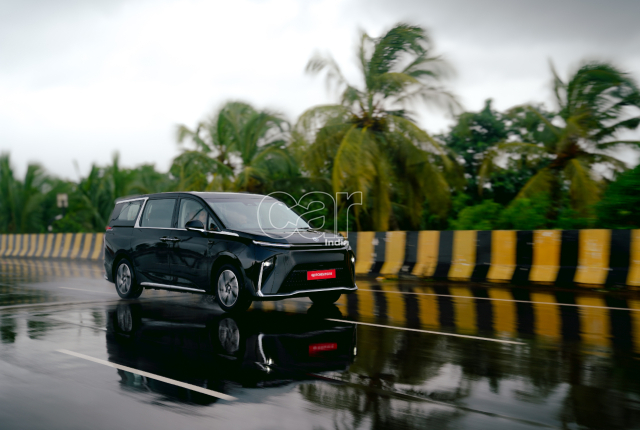
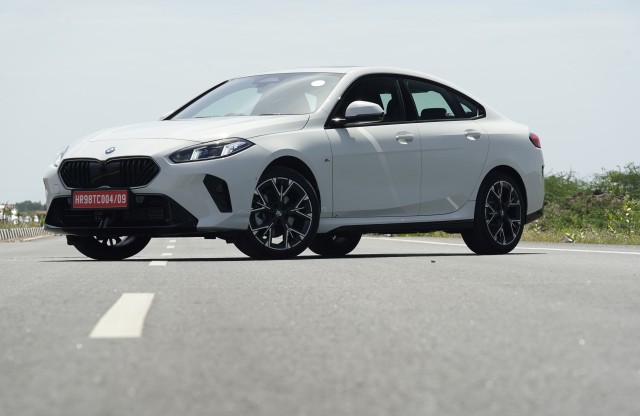
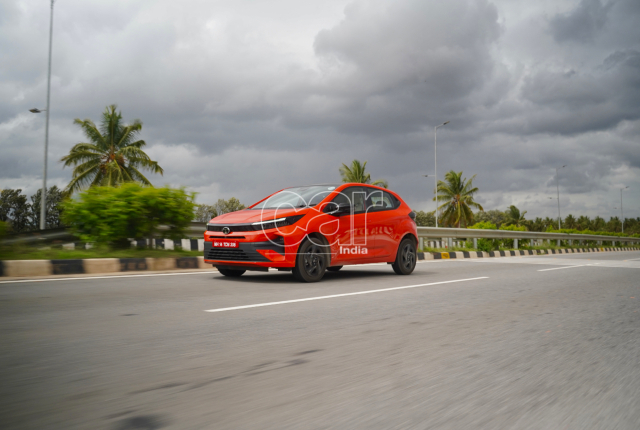
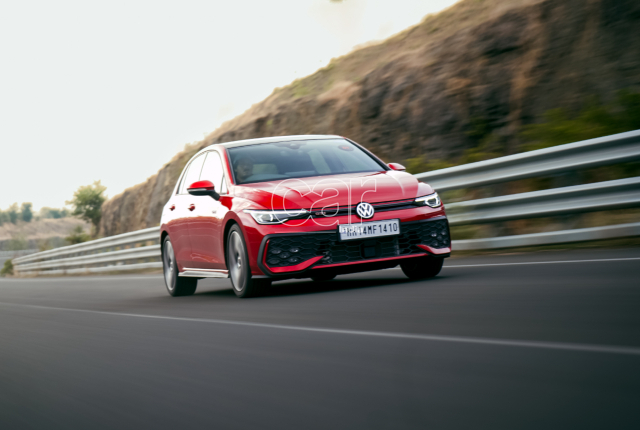
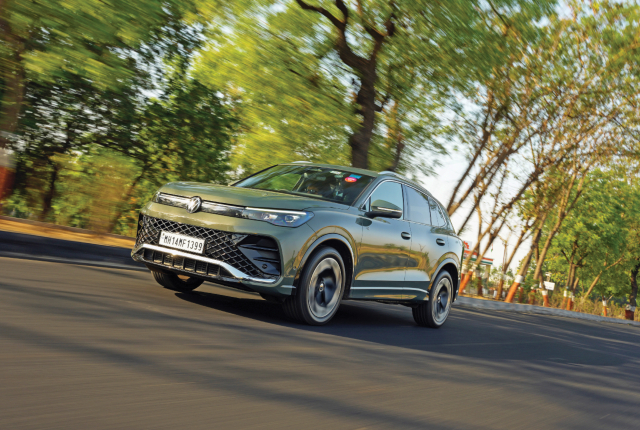
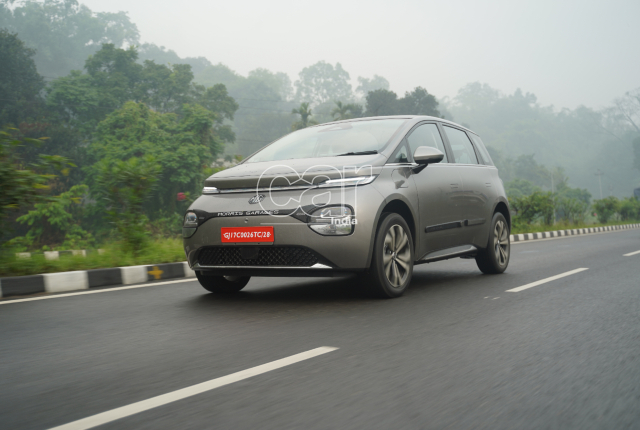



Leave a Reply